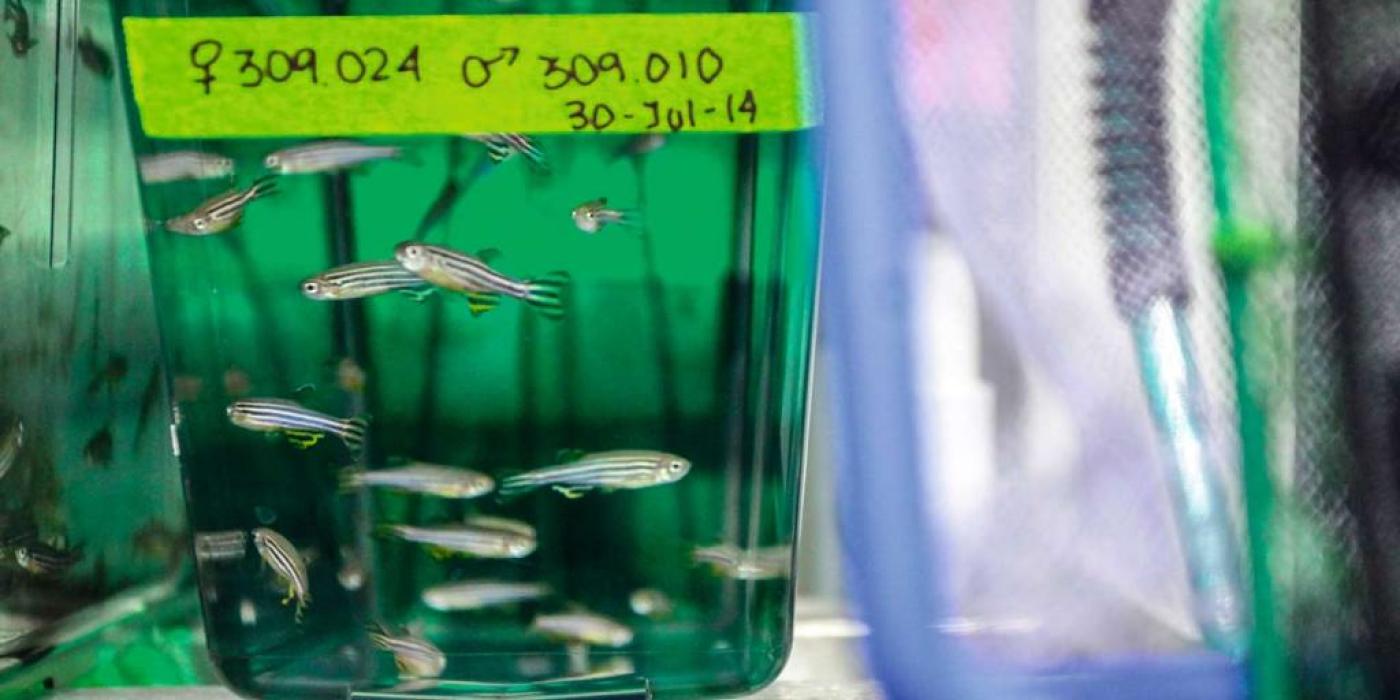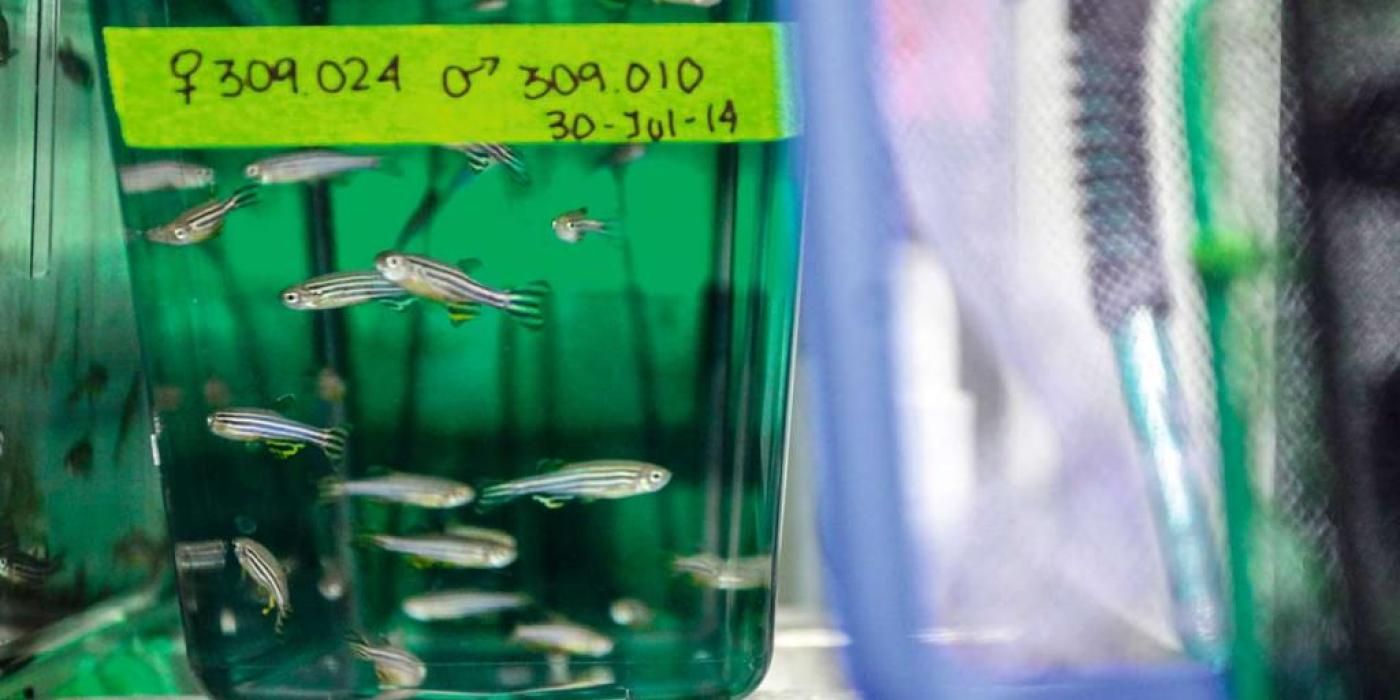
A project that uses fish to study Chagas disease has been presented with an award
Scientists from Universidad de los Andes used the zebrafish to analyze the parasite that this tropical disease produces.In contrast to others, the method that Dr. Akle uses is truly innovative.
The researchers swapped primates and rats for zebrafish, which are used in science due to their high compatibility with humans in terms of their genetic material. For this reason, they are used to study diseases.
Additionally, their transparent anatomy is essential to be able to analyze the interaction of the live parasite that is inside a living being.
The biologist Verónica Akle, who is also the director of the Laboratory of Neuroscience and Circadian Rhythms at Los Andes, explains that, “we obtained Trypanosoma cruzi parasites, we painted them with a fluorescent marker and we introduced them into the zebrafish embryos”.
For doctor John Mario Gónzalez, who has a PhD in Basic Medical Sciences and is member of the team of scientists who developed this project, the results from the first studies are surprising: “The parasite that infects humans attaches itself to the fish –to the heart valves and the endothelium– in the same way as it does in humans.”
However, clearly observing this interaction was not an easy task.
It was necessary to use a laser microscope from the biophysics group led by Manu Forero-Sheton who has a PhD in sciences from the Swiss Federal Polytechnic Institute, ETH Zurich.
The results delivered by this phase of the research will allow scientists to evaluate Trypanosoma cruzi´s motility (the way that the parasite moves inside a living being) so that in the future Chagas disease can be treated.
Dr. González, director of the Laboratory of Basic Medical Sciences at Universidad de los Andes concludes that, “We can block this interaction, and, thus, develop a medicine for humans”.
This project, entitled Establishment of Embryonic Zebrafish as an Animal Model to Investigate Trypanosoma Cruzi Motility in Vivo, was presented with the 2017 Cardioinfantil Foundation Day of Research award.
